This enchanting corner of the world that is Valchiavenna, with its rugged landscapes and charming perched villages, offers an extraordinary fusion of man’s art and nature’s magnificence. The melting of massive ice sheets that took place some 10,000 years ago gave rise to mighty, powerfully flowing streams, and this extraordinary phenomenon left tangible marks in the local area over time. The rocks smoothed by the erosion of water and ice, the deep gorges carved out by the debris carried by the water currents are clearly visible in every corner, and only with a little imagination is it possible to evoke the paths of the ice masses that scratched the mountain walls over the millennia. Along the rocks smoothed and eroded by time, evidence of human presence can also be found through many rock carvings. This is where the soul of Valchiavenna lies, one of the most interesting areas of Lombardy, crossed by the Liro torrent and the Mera river, close to Valtellina, among the forests and villages that surround the town of Chiavenna, the main center of the valley, as well as a place to visit and from which to start your own itinerary. We have selected 10 must-see stops between art and the poignant beauty of nature.
Built by brothers Guglielmo and Luigi Vertemate Franchi, a family prosperous in the soapstone trade, the Vertemate Franks Palace, located in Piuro, a hamlet of Chiavenna, represents a perfect dialogue between art and nature in Valchiavenna. This mansion, initially a refuge of “recreation and delight,” suffered violent looting soon after the death of the last heir in 1879. However, Milanese antiquarian Napoleone Brianzi redeemed its past and restored it to its original magnificence. The property then passed from hand to hand until 1985, when Maria Eva Sala donated it to the community and the Municipality of Chiavenna, turning it into a House Museum since 1988. The palace enchants visitors with its multi-level garden and exquisite frescoes, including the Hall of Jupiter, whose story of Callisto is masterfully painted. In this place, art blends with nature, telling an extraordinary story that transcends the centuries.

A first Christian church arose in Chiavenna in the 5th century, but it was not until the 10th century, with the organization of parish churches in 973, that a larger and more functional building dedicated to the protomartyr Saint Lawrence was erected. The present building retains the old Romanesque-style walls intact, although the altar area and aisles were extended in the 18th century. The interior, painted in 1759 by Filippo Fiori and Giovan Maria Giussani of Como, was later partially restored in the 19th century. On the exterior facade can be read the year MDXXXVIII (1538) commemorating the reconstruction of the gabled oak roof, which was destroyed the previous year in a fire. Not to be overlooked is a visit to the baptismal font, dating from 1156, which is a soapstone monolith whose carved reliefs depict the ceremony of the blessing of water and Baptism during Holy Saturday.
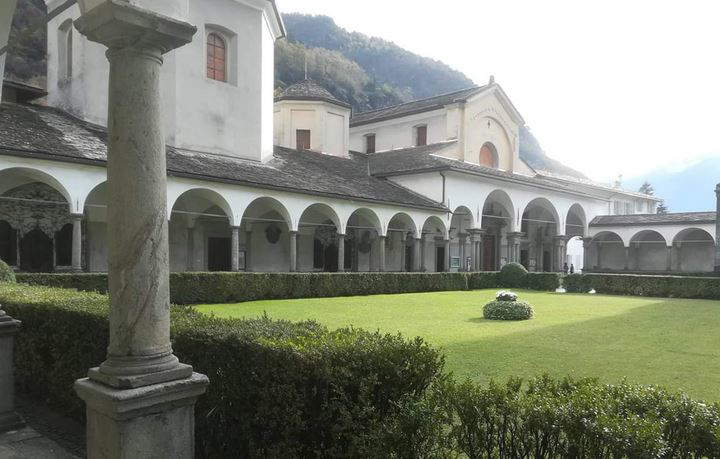
Also housed in the atmospheric Collegiate Church of San Lorenzo, the Chiavenna Treasure Museum is housed in a complex dating back to the fifth century that features unique architecture. The arcade, built between the 17th and 18th centuries, was used to mark the cemetery and accommodate processions. Inside the museum is a rich collection of sacred vestments and furnishings as well as a valuable musical codex from the 11th century, but the main piece is the “Peace of Chiavenna”: an 11th-century evangeliary made of embossed gold, gems, pearls and enamels that is a masterpiece of medieval goldsmithing. The peace is believed to have been donated by a German or French bishop, perhaps Christian of Mainz, who visited Chiavenna with Emperor Barbarossa in 1176. Until recently, to appreciate the details of this intricate masterpiece, one had to use a magnifying glass, while now a screen has been placed over the Peace, allowing visitors to share the details captured by the lens.

On the slopes of the mountain complex that marks the upper end of Valchiavenna to the east and the beginning of Val Bregaglia to the south lies the Marmitte dei Giganti Park. An area, this one, of great environmental importance that offers extraordinary landscapes thanks to its impressive and fascinating geomorphological features that are the result of glacial action in the Alpine arc. The Nature Reserve, established by regional law in 1983, owes its name precisely to the geological phenomenon of “potholes of the giants”: deep cylindrical holes dug by the erosive force of water during the last glaciation. These forms, together with the smooth rocks called “mounded rocks,” constitute a true outdoor natural museum. The trail in the park offers the traveler a unique opportunity to explore the geology, history, and nature that characterize this fascinating alpine region.
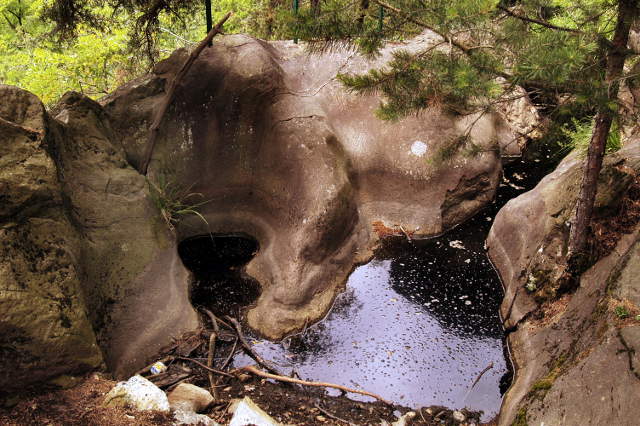
A must-see in the discovery of Valchiavenna is the Via Spluga hiking trail, which for centuries has linked the two localities of Thusis in Switzerland and Chiavenna in Italy via the Spluga Pass. A route, this one, with a total length of 70 km that allows you to discover the history of the place while immersed in unspoiled nature. It originated during the first century B.C. at the behest of Augustus as a link for transporting goods on the backs of pack animals. In Roman times it was also known as the Cunus Aureus, or golden point, because gold was mined along the Alpine arc between the Ligurian side and the Ticino.For centuries this route was also the direct link between Italy and Europe, and a great many people have loved and traveled these valleys: from the Roman general Stilicho, to Otto 1st of Germany; from Leonardo da Vinci to Erasmus of Rotterdam; from the Wurttembergs to Goethe.

The small temple of San Fedelino, a symbol of ancient Lombard Romanesque architecture, resides on the western shore of Lake Mezzola and is one of the most striking places in the entire province of Sondrio. Built in the 11th century, the temple is dedicated to St. Fedele, a martyr who was executed at the time of Diocletian and whose relics were found thanks to a dream of Bishop Gualdone in 964. The walls, thin as a caress, barely touch half a meter thick, while the outer apse is adorned with three sets of graceful hanging arches, which add a touch of elegance to its structure. Although only fragments of frescoes resist the wear and tear of time, they still tell a story of faith and devotion: a Christ Pantocrator emerges with a book in his left hand, on which the inscription “Ego sum via veritas et vita” (I am the way, the truth and the life) can be partially discerned, and at his sides, two angels with outstretched arms holding red drapes.
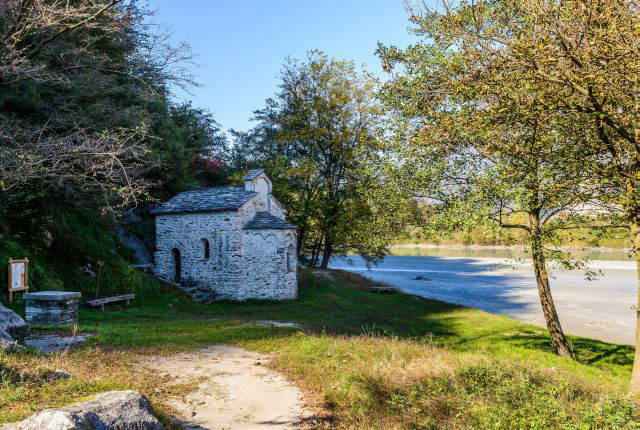
One of the most beloved places in Valchiavenna is definitely the 2,000-meter statue of Our Lady of Europe in Motta, which can be reached via a small walk. In the striking scenery of the mountain peaks, the metal statue of the Virgin emerges majestically, a work wrapped in sumptuous gold foil that rises 13 meters into the sky. Its very placement atop the mountains makes it a place of reflection, prayer and inspiration for all who contemplate it. Her presence dominates the landscape, and many walks branch off from here, including the one to the Blue Lake, loved and celebrated by Giosuè Carducci, who spent his summers here between 1888 and 1901.
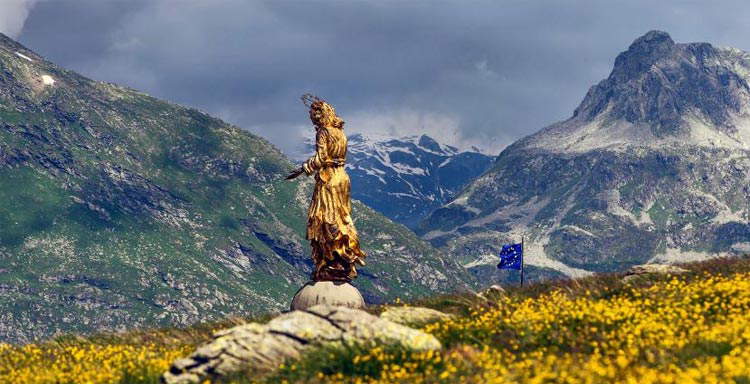
In Valchiavenna, on the border with Switzerland, there is a valley with a singular name that refers to a female figure. It is the Val di Lei and according to an unfortunate legend, the wife of a Roman centurion betrayed her husband while he was traveling and on his return, as he found out, he locked the woman in a cave where he left her to die. The old shepherds of the valley tell that ever since, when the wind hisses it is the soul of “her” that weeps for her terrible fate. In this beautiful valley, overlooking the dam, is the small power plant museum that explains, with digital panels and period films, the history of the valley and the construction of the immense dam. In fact, in the aftermath of World War II, a company applied for permits for hydroelectric exploitation in the Ferrera Valley, and on November 25, 1955, after lengthy negotiations, Italy and Switzerland signed an agreement since the dam would be located on the border between the two. Thus, a curious dividing line was obtained: the artificial lake fed by the Reno di Lei is on Italian territory, while the dam is on Swiss territory.
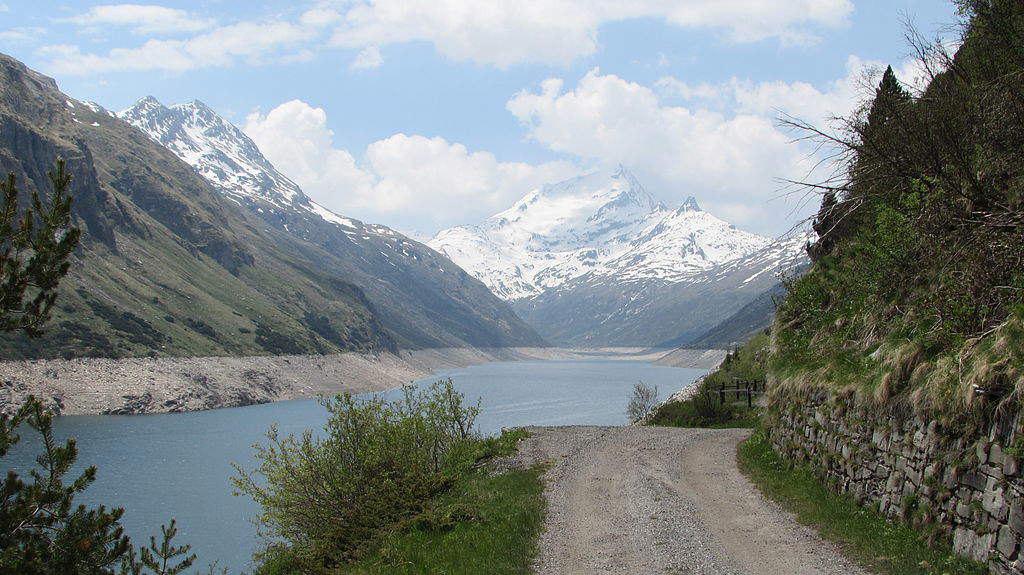
Campodolcino’s roots probably go back to Roman times, when the central core coincided with what for the ancient Romans was Tarvessedo, a crucial refreshment point along the Como-Coira road. During the Middle Ages, dominion over this territory was a matter of contention. This portion of land, which encompassed the entire valley, became the scene of clashes between Como and of Chur itself, who fought for years for its control. During the rule of the Milanese duchy of the Visconti and Sforza families, its privileged status remained intact, but over time it fell under the protective aegis of the Grisons. This historical backdrop helped preserve the unique character of this place nestled among the mountains, and even the origin of its distinctive name was intended to evoke the image of a soft and welcoming terrain that has welcomed pilgrims and visitors over the years. In love with the valley and especially Campodolcino was, for example, the great artist Aligi Sassu, who painted the village in numerous works.
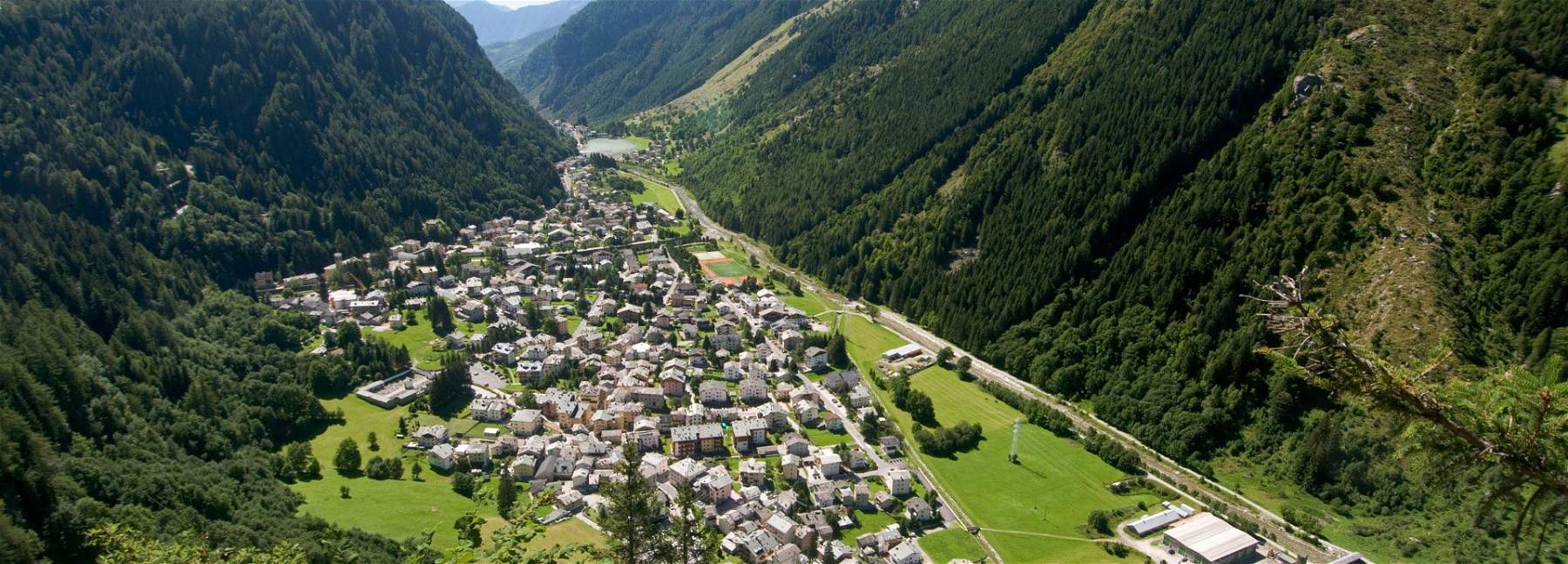
The majesty of the Acquafraggia waterfalls impressed many wayfarers, among them Leonardo da Vinci, who discovered them during his passage through the Ciavenna Valley. In the Codex Atlanticus, Leonardo made mention of the Acquafraggia waterfalls, describing their visual impact: “Up by the said river (the Mera) one finds chadute of water of 400 fathoms which make a belvedere....” A specially equipped path leads to the top of the falls, among chestnut trees, gorse and rocks, offering visitors the chance to immerse themselves in the beauty of this natural spectacle. Just beyond will be the small settlement dimension of Savogno, which lives in harmony with its natural surroundings. The 16th-century church and tiny, rustic balcony houses are arranged in a staircase on a slope that immediately becomes very steep and immerses the explorer in a timeless place.

 |
| Valchiavenna, what to see: 10 places between art and nature |
Warning: the translation into English of the original Italian article was created using automatic tools. We undertake to review all articles, but we do not guarantee the total absence of inaccuracies in the translation due to the program. You can find the original by clicking on the ITA button. If you find any mistake,please contact us.